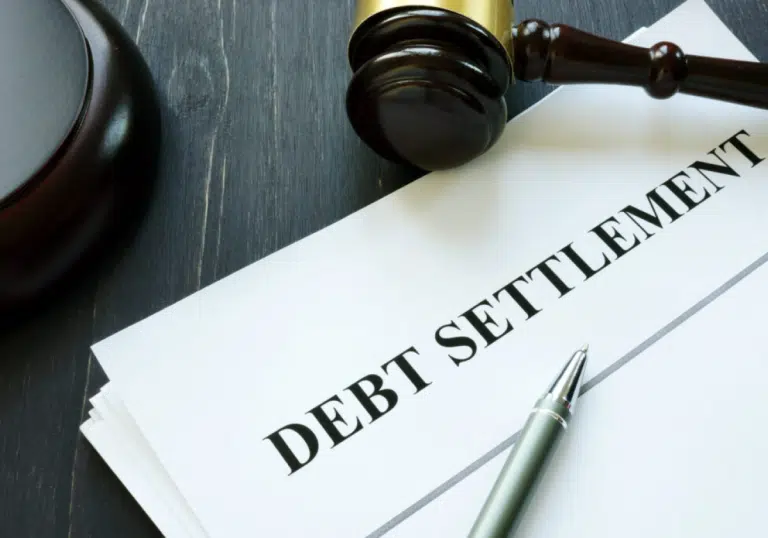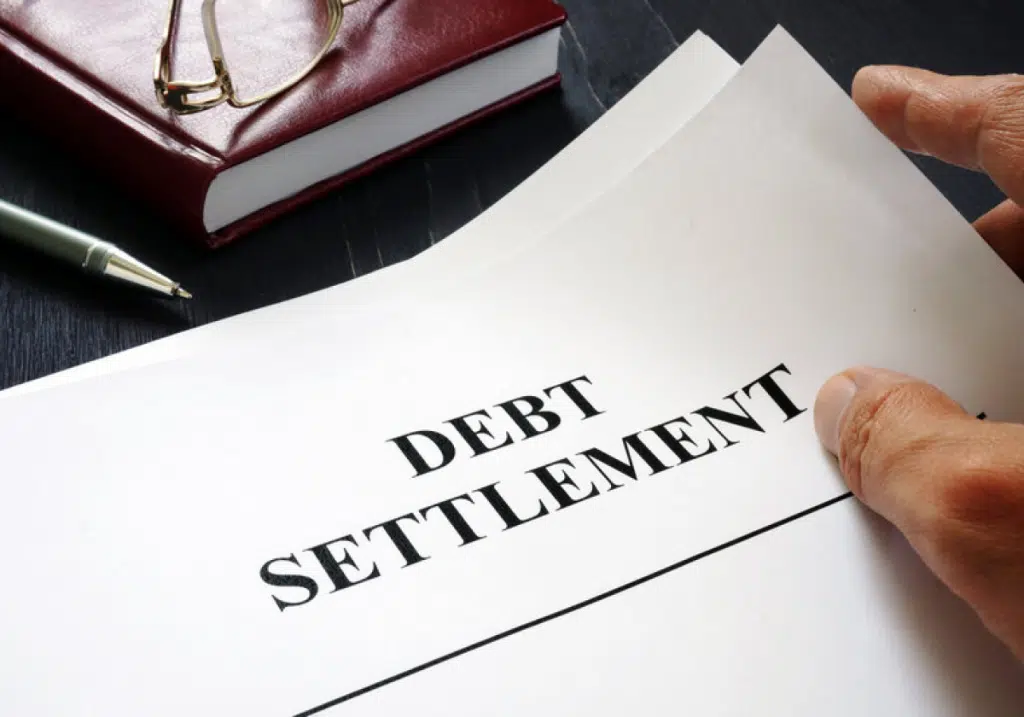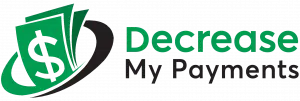Discover Your Path to Financial Freedom
We’re dedicated to making the journey to debt elimination as smooth as possible. Our team of trusted debt specialists is here to guide you toward long-term financial health.
- Total Estimated Savings
- Estimated Savings Monthly
- Time Frame for Resolving Debt!
- ...and more!

Discover Your Path to Financial Freedom
Secured DecreaseMyPayment uses 256 bit encryption to secure your information
Featured On
Eliminating Debt Has Never Been This Easy!
Get in touch with one of our trusted debt specialists to facilitate your long term financial health. We will present a wide range of our available debt-relief options to you, including student loan consolidation, debt consolidation, debt settlement, and tax debt relief.

Debt Settlement
Debt Consolidation


Student Loan Consolidation
Debt Settlement
Pros of Debt Settlement
- Lets you save a substantial amount of money
- Help you settle credit cards within 12 to 36 months
- Can make low affordable monthly payments
- Not as severe as bankruptcy
- “Attorney-based” fees are only paid after successful settlement
Cons of Debt Settlement
- Only benefits those with high-balance credit cards
- Amount of money saved is subject to taxes
- Requires tremendous discipline to set aside money for a successful settlement
- Creditors can threaten or take legal action to collect your debt
- Negative effect on your credit
- Creditors have the right to decline your debt settlement offer

What to Expect with Debt Settlement
If you’re going through financial hardship and have one or more high-balance credit cards, your credit card company may agree to settle your debt for much lower than you currently owe.
How does debt settlement work? One of our debt relief specialists will review your current credit card debts and the amount of money you can set aside each month for a “settlement fund.” Debt specialists will then negotiate with creditors on your behalf with the goal of getting a significantly lower balance to pay off.
How much money you can potentially save depends on the amount of credit card debt involved and your current financial situation. It also takes into account the policies of credit card companies.
It’s important to understand that no single debt solution is right for everyone. By getting the professional help of debt specialists, they can provide more details regarding your debt settlement or debt negotiation as part of your free debt relief analysis and savings estimate.
Pros of Debt Consolidation
- Provides a proven and predictable solution to debt
- Saves money, reduces interest, and waives late fees and penalties
- Allows you to pay off debts at your own pace
- Manages multiple debts through one affordable payment
- Returns financial control to you
Cons of Debt Settlement
- Requires discipline to make monthly payments
- Reverts to original creditor agreement if you default
- Creditors can refuse your proposal
- Often takes 3 to 5 years, or more, to be debt-free
- Not harmful to your credit score but will be “noted” on your report

What to Expect with Debt Consolidation
If you have multiple outstanding debts ranging from credit cards, medical bills, store cards, and unsecured loans, a debt consolidation program may be the solution for you to pay it off. By coordinating with a debt counselor, you can make monthly payments within your budget in order to become debt-free.
How do debt consolidation programs help you?
Debt consolidation programs are done with the help of debt counselors. They will conduct interviews with you for an overview of your outstanding balances as well as how much you can afford to set aside every month for payments.
Consumer Protections Information provided by the FTC
New government regulations are in place to help protect consumers in need of debt relief.
- Coping with Debt
- Foreclosure Assistance
- Other Government Programs
Based on this information, your debt specialist will then customize a “debt management plan” for you. Once you approve the plan, letters will be sent on your behalf to each of your creditors requesting the benefits of debt relief – such as lower interest rates, a waiving of late fees and penalties, and generally more favorable repayment terms. Those creditors who accept the proposals are then added to the debt consolidation or debt management program. For those that do not accept debt relief proposals, you are still obligated to live up to the original terms of your cardholder agreement.
For those who do not accept the proposals, you are still obligated to live up to the original terms of your cardholder agreement.
It’s important to understand that no single debt solution is right for everyone. By getting the professional help of debt specialists, they can provide more details regarding your debt settlement or debt negotiation as part of your free debt relief analysis and savings estimate.
Federal Student Loan Consolidation Basics
Federal loan consolidation has no credit requirement. It offers the benefit of a single loan bill and potentially lower repayment terms. However, this is only for federal loans and it won’t reduce your interest rate. Only consider federal consolidation if you:
- Need to consolidate to be eligible for income-driven repayment or public service loan forgiveness. This is the case if you have Federal Family Education, Perkins or parent PLUS loans.
- Want a single federal loan payment method, but do not need the payments to be significantly reduced.
- Are in a student loan default situation and want to get back on track.
When you consolidate your federal loans, the government is the one that pays them off. They then replace the loan with a direct consolidation plan. You are eligible for it once you graduate, leave school or drop below half-time enrollment. Federal loan consolidation through the Department of Education is free. It is best to steer clear of companies that charge fees to consolidate them for you.
When you consolidate federal loans, your new fixed interest rate will be the weighted average of your previous rates, rounded up to the next eighth of 1%. For example, if the average interest rate comes to 6.15%, your new interest rate will be 6.25%.
MORE: Find Your Federal Student Loan Consolidation
Additionally, you will get a new loan term ranging from 10 to 30 years. Your repayment term will start within 60 days of when your consolidation loan is first disbursed and will be based on your total student loan balance, among other things.

How to Consolidate Federal Student Loans
- Log in to studentloans.gov and click on “Complete Consolidation Loan Application and Promissory Note.” You need to finish the application in one session, so gather the documents listed in the “What Do I Need?” section before you start and set aside at least 30 minutes to fill it out.
- Enter which loans you do — and do not — want to consolidate.
- Choose a repayment plan. You can get a repayment timeline based on your loan balance or pick one that ties payments to your income. If you pick an income-driven plan, you have to fill out an Income-Driven Repayment Plan Request form next.
- Read terms before submitting the form. Consistently make loan payments until your servicer confirms consolidation is complete.
More Tips to Keep You in the Know About Your Finances
See how good your credit score is
Review common financial terms
Having a comprehensive glossary of terms will help you understand more about financial processes.
Get a crash course on how to get out of debt
Testimonials



